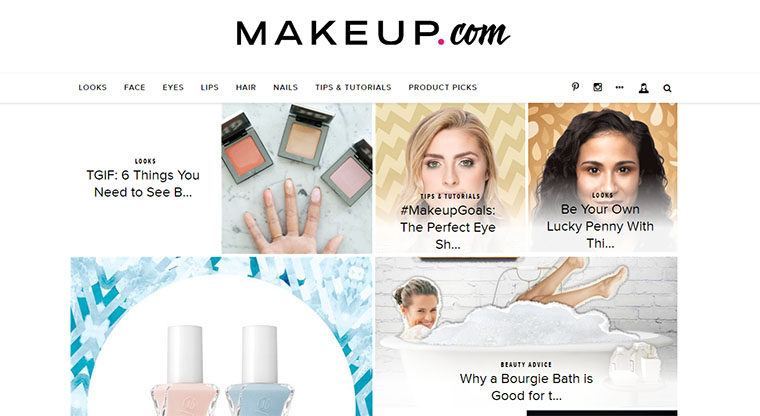Many content marketers make the mistake of creating content solely to attract and support new customers, forgetting about the rest of the customer journey. Instead of focusing on the different stages their customers will go through on their buying journey, they direct all their attention to a new audience, meaning they are missing a huge part of their existing readership.
But what exactly is a “customer journey”? And how do you go about “mapping” it out? Well, the exact path a customer will take on their journey from brand discovery to sale will vary greatly from person to person, but research has shown that 67% of it is now done digitally. While there is no one-size-fits-all approach to content strategy, a customer’s journey and requirements do tend to fall into some identifiable phases.
By understanding the following five phases, we can shape our content strategy to meet the customer’s needs – whatever stage of their journey they may be at with your business:
Awareness
At the awareness stage of their journey, users have heard about your brand, been on your website, and potentially subscribed to your newsletter or followed you on social media. They may not have made a purchase yet, but they are interested in learning more about your business and what it offers.
This is the stage where you want to create content that draws them in – send out an email explaining more about your business or even offer them a first-time customer discount. This is where your content needs to tell a story about your brand and show the users who you are, what you do and how it could benefit them.
Consideration
When users reach the consideration stage of their journey, they are still carrying out research and are still undecided about whether they are going to make a purchase from you. This is a really important phase of the buying journey as they are engaging with your content and considering your business but haven’t made that all important step to buy from you.
You don’t want your content to be overly pushy or promotional at this stage, instead, you want to demonstrate yourself as a thought-leader in your industry and provide your potential customers with content that will help them make an informed decision when it comes to making that all-important purchase.
Demo videos and how-to guides are ideal pieces of content at the consideration stage, as they answer any questions and give your audience all the information they need to make the decision to become a customer. For example, Wistia has a range of “how to” videos that provide users with tips on video production for beginners:

Purchase
You’ve done it! You’ve got yourself a new customer! But that shouldn’t be where it ends, because you want this user to become a loyal customer and buy from you again at some point. This is the perfect point to re-engage your customers and keep your brand firmly at the forefront of their mind.
Create a piece of content around your products or services and send it to your customer so they know you are still thinking of them once they have made that purchase. You could automatically send them a guide on top tips for using the product they bought or even send them a discount for something else that could work alongside their purchase.
Post-Purchase
Once you have that new customer, it’s important to nurture them and keep them loyal to your brand. Keeping them engaged is important, and showing them you understand their needs and preferences will help develop your relationship with them and keep them coming back for more.
There are many different forms of content that can be created for existing customers, including promotions, news, expert pieces, and guides. As long as your customer finds your content valuable they will want to keep reading and engaging with it, building up that relationship with you and strengthening their loyalty.
A great example of a brand keeping its customers loyal using content is L’Oreal USA, who created MAKEUP.com, a site that regularly publishes content about beauty and style, without overly pushing the L’Oreal brand:

Dormancy
Even when you’re making every effort to keep your existing customers engaged, they can lose interest and disappear off the radar, making it harder to get them to return to you. If something isn’t working, then it’s time to change tactics and really grab their attention to remind them why they bought from you in the first place.
Try and do some analysis into their current behaviors and interests, and work out what might have changed. If they have moved house, had children, or changed jobs, think about how your content could now be of interest to them. If your customers’ behaviors change, your content strategy needs to change in line with this.
Take Away
The more you understand your customers’ journey, the easier it is to tailor the content to their needs. Personalized communication with your audience is key to developing brand advocates, and your content can help you target users at different stages of their journey.
While every organization’s customers will have a different journey, and mapping it out can be tricky, these familiar stages should help guide your content strategy in the right direction and shape your content marketing output to reflect the needs of your customers.
Image Credits
Featured Image: www.BillionPhotos.com/Shutterstock.com
Screenshots taken May 2016





